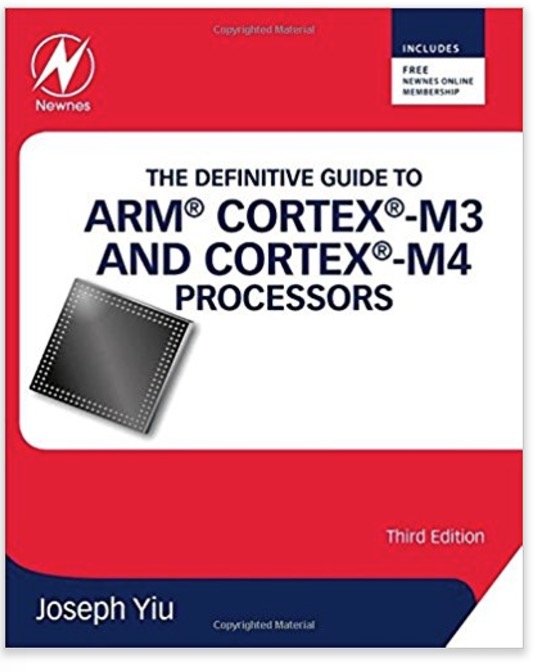Recent Posts
Industrial Ethernet Node With Two ARM Cortex-M4 Processor Cores, On-Chip Flash, Analog/Mixed Signal, Integrated PHYs
Posted by on
 With the advent of Industrial IoT (Internet of Things) as key technology for cyber-physical systems, Hilscher has developed the next generation of network controllers, building on the success of the netX 51/52, where security is a core product focus. The first member of this new family is the netX 90, which enables higher degrees of integration with enhanced performances and improved power efficiency ratings. It is especially suitable for industrial application designs with smaller form factors.
With the advent of Industrial IoT (Internet of Things) as key technology for cyber-physical systems, Hilscher has developed the next generation of network controllers, building on the success of the netX 51/52, where security is a core product focus. The first member of this new family is the netX 90, which enables higher degrees of integration with enhanced performances and improved power efficiency ratings. It is especially suitable for industrial application designs with smaller form factors.
The increasing complexity of System-on-Chips (SoC), coupled with high software development and maintenance costs, associated with multi-protocol capabilities for real-time industrial communications, turned into market requests that promote solution-oriented concepts. Thus, the netX 90 accelerates this transition by providing a unique value proposition with emphasis on the interplay between hardware and software to improve time to markets.
Accordingly, the advanced SoC design brings together two separate system paradigms in one tiny package, i.e. one for real-time industrial communications and one for industrial applications. The inter-CPU data exchange between both systems, based on a consistent and uniform API, enables application developers to use the software protocol stack for communication tasks as loadable firmware (LFW), fully tested and pre-certified by Hilscher.
- Download/View the Hilscher NETX 90 Data Sheet (PDF)...
- More Information...
The Definitive Guide to ARM Cortex-M3 and Cortex-M4 Processors
 This new edition has been fully revised and updated to include extensive information on the ARM Cortex-M4 processor, providing a complete up-to-date guide to both Cortex-M3 and Cortex-M4 processors, and which enables migration from various processor architectures to the exciting world of the Cortex-M3 and M4.
This new edition has been fully revised and updated to include extensive information on the ARM Cortex-M4 processor, providing a complete up-to-date guide to both Cortex-M3 and Cortex-M4 processors, and which enables migration from various processor architectures to the exciting world of the Cortex-M3 and M4.
This book presents the background of the ARM architecture and outlines the features of the processors such as the instruction set, interrupt-handling and also demonstrates how to program and utilize the advanced features available such as the Memory Protection Unit (MPU).
Chapters on getting started with IAR, Keil, gcc and CooCox CoIDE tools help beginners develop program codes. Coverage also includes the important areas of software development such as using the low power features, handling information input/output, mixed language projects with assembly and C, and other advanced topics.
- Two new chapters on DSP features and CMSIS-DSP software libraries, covering DSP fundamentals and how to write DSP software for the Cortex-M4 processor, including examples of using the CMSIS-DSP library, as well as useful information about the DSP capability of the Cortex-M4 processor
- A new chapter on the Cortex-M4 floating point unit and how to use it
- A new chapter on using embedded OS (based on CMSIS-RTOS), as well as details of processor features to support OS operations
- Various debugging techniques as well as a troubleshooting guide in the appendix
- topics on software porting from other architectures
- A full range of easy-to-understand examples, diagrams and quick reference appendices
- More Information...
 Loading... Please wait...
Loading... Please wait...
